|
Advertisement
|
Big Bang 13.7
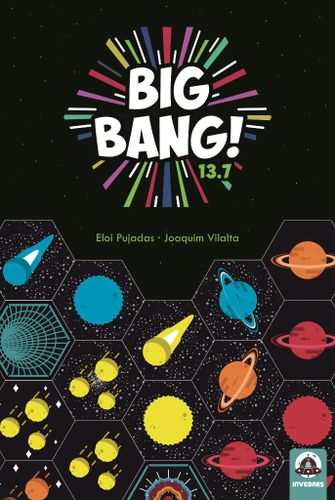
DescriptionIn Big Bang 13.7, you become one of the universe's creators, playing with celestial bodies such as colored planets, stars, asteroids, comets, and astronomic phenomena such as supernovas, wormholes and superdestructive black holes. While the universe expands, you can also cause orbits, eclipses, hyperspace, or even the mysterious and almost unknown dark energy. Your goal? Align celestial bodies while a cosmic clock is ticking the passing of time…in millions of years! In more detail, the game is composed by hexagonal pieces: 48 celestial bodies of four types (planets, stars, asteroids and comets), with four colors (yellow, orange, red and blue) and three backgrounds (empty space, stars and galaxy). There are astronomical phenomena pieces (supernova, black hole and wormholes) and special actions (orbit, eclipse, hyperspace and dark energy). Finally, a cosmic clock will tick the passing of time and players' turn. Before the game starts, each player takes two hidden objective cards: a celestial body type and a color. During the game, the player scores victory points by aligning three or more celestial bodies consecutively of their own type or color. The game starts at moment zero of the universe 13.7 billion years ago, with someone placing the first piece: the Big Bang! On a turn, the player has to place one of the four available pieces below the cosmic clock. Two rules are mandatory to place a piece in the universe:
Once the game runs out of available pieces and all of them are placed in the universe, the game ends. The players reveal their objective cards and count their victory points based on the alignments according to their two objective cards. Whoever has the most points wins. In case of a tie, the player who is the most behind on the cosmic clock — that is, the one who has invested fewer millions of years — wins. Game DiscussionsAdd CommentYou need to be logged in to comment. Insert Bullet List Please enter at least one item. Item: Item: Item: Item: Item: Insert Numeric List Please enter at least one item. Item: Item: Item: Item: Item: Insert Link Please enter the link of the website Optionally you can add display text Insert Email Please enter the email address Optionally add any display text Insert Image Please enter the link of the image Insert YouTube Video Please enter the link of the video MarketplaceNo listings at the moment. Do you own this game? Click here to list it for sale.
|
Best Sellers
Board Games
|
||||
Latest Searches: Mavel legends | Studio+series+32 | Oaklandnopoly | Mystery+date+ | Jonesboro | crib+board | Hasbro+Gaming+The+Slow-Motion+Race+Game+for+Kids+Ages+8 | Cribbage Board - Hunting Shell | monopoly+white+house | Bus seal hick king | Transformers+rescue+bot+hovercraft | Oakland raiders | Nerf rival guns | Charleston | The meme game | Monopoly+the+american | Domino set | transformers+jetfire | Mineral wells o poly | war in europe | marvel+rescue | giant scrabble deluxe with rotating board | Harrpy | Games+that+starts+with+an+r | dow | iberia+ticket | making a board game | grog island | chutes and ladder game | Ren-opoly
All Rights Reserved


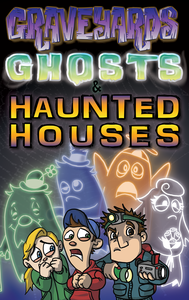
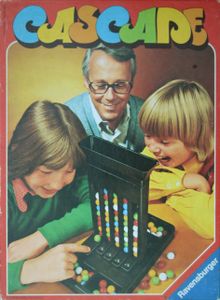

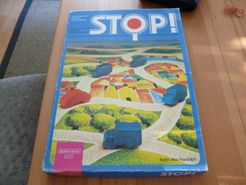
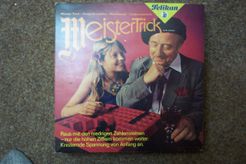


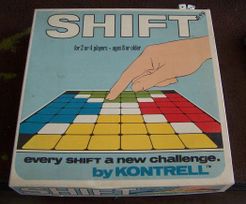
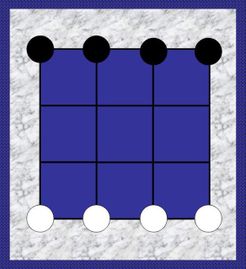
Comments (0)